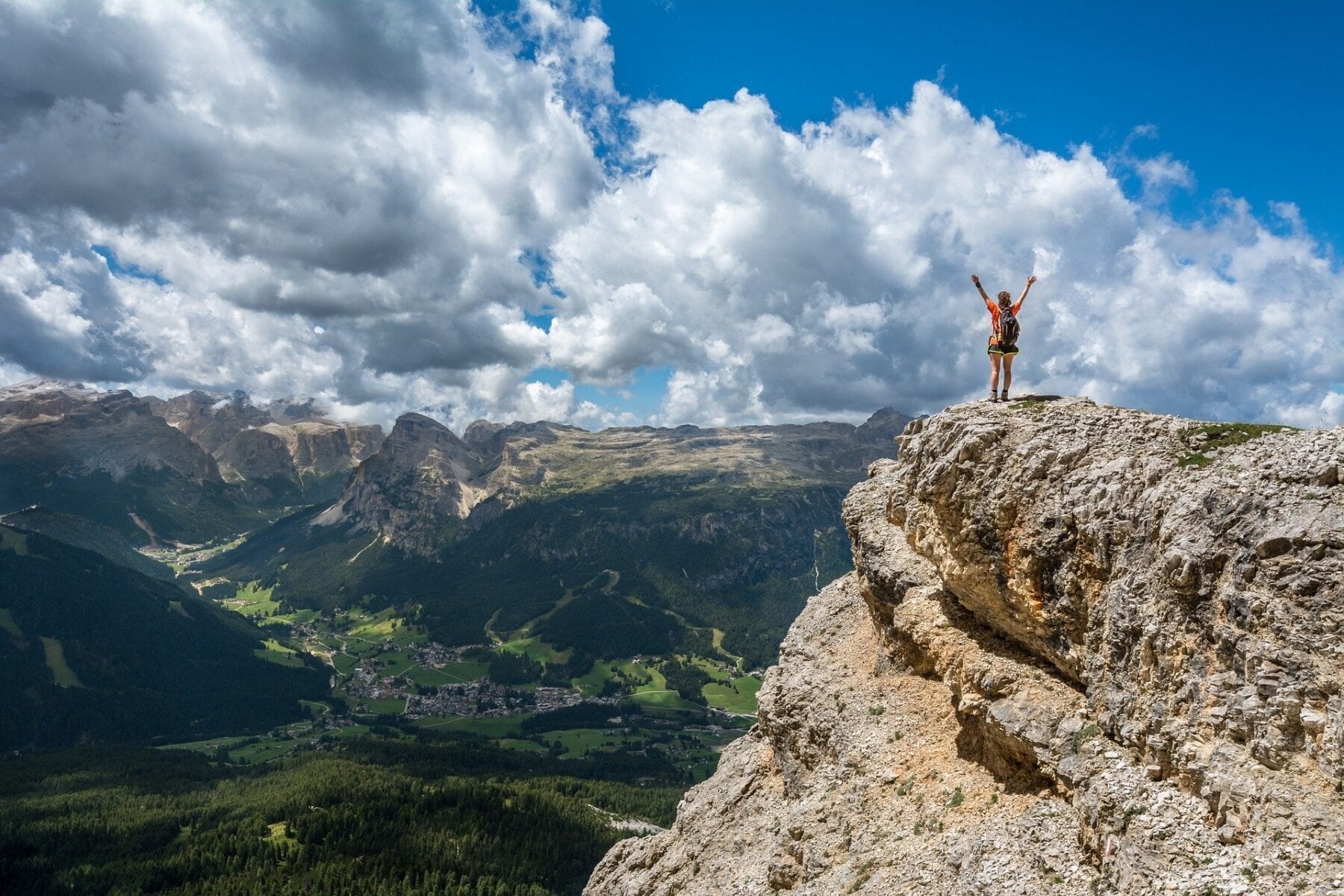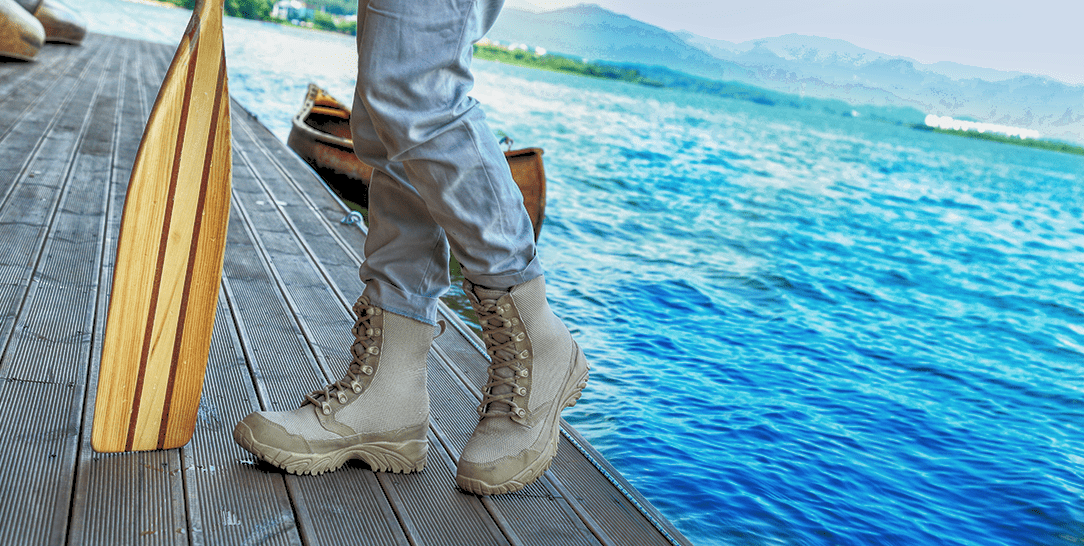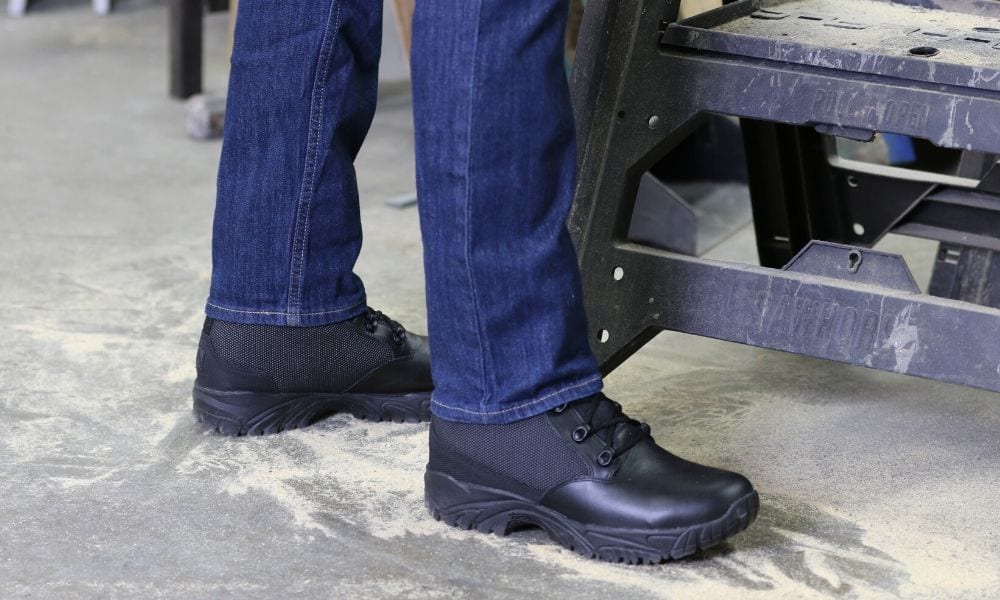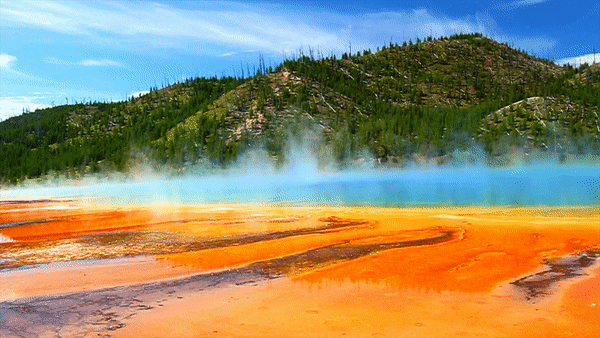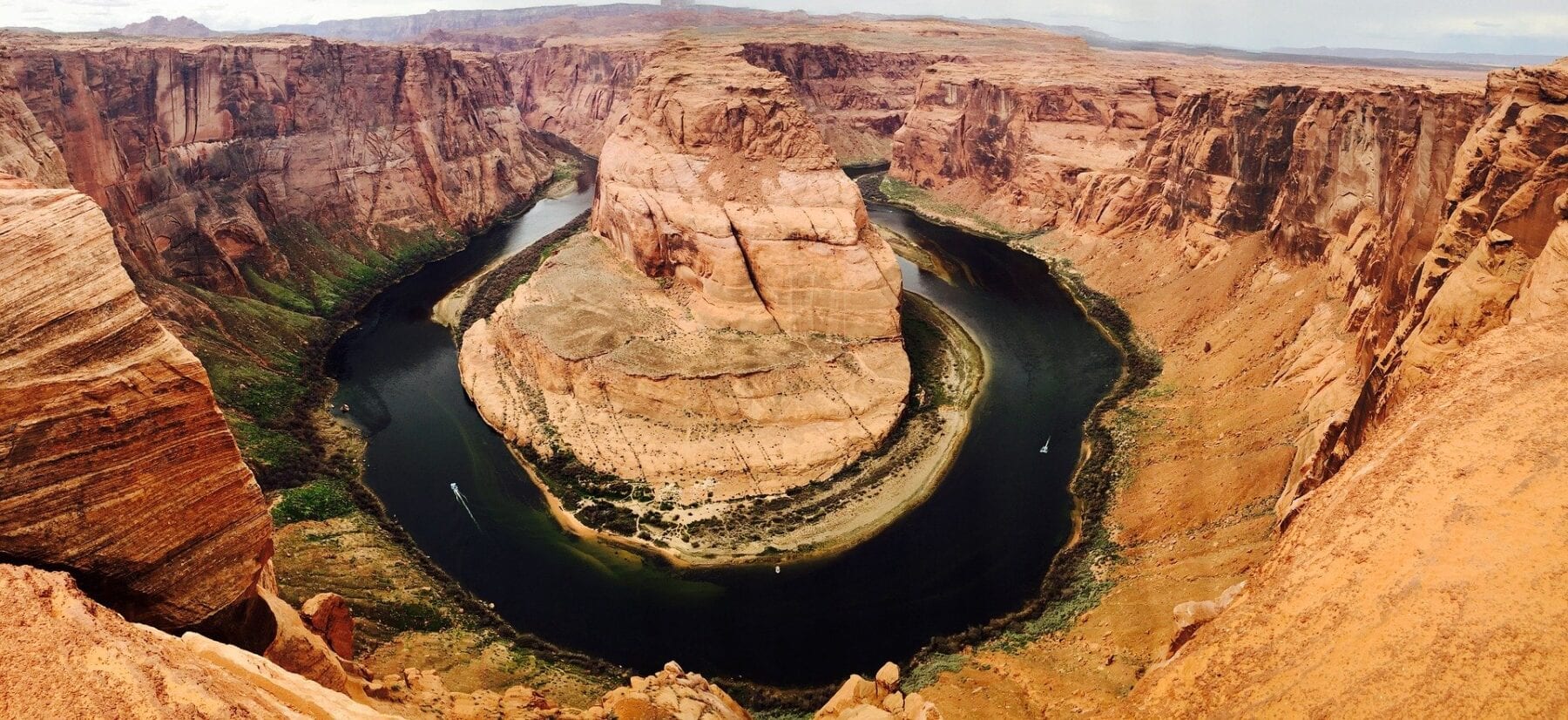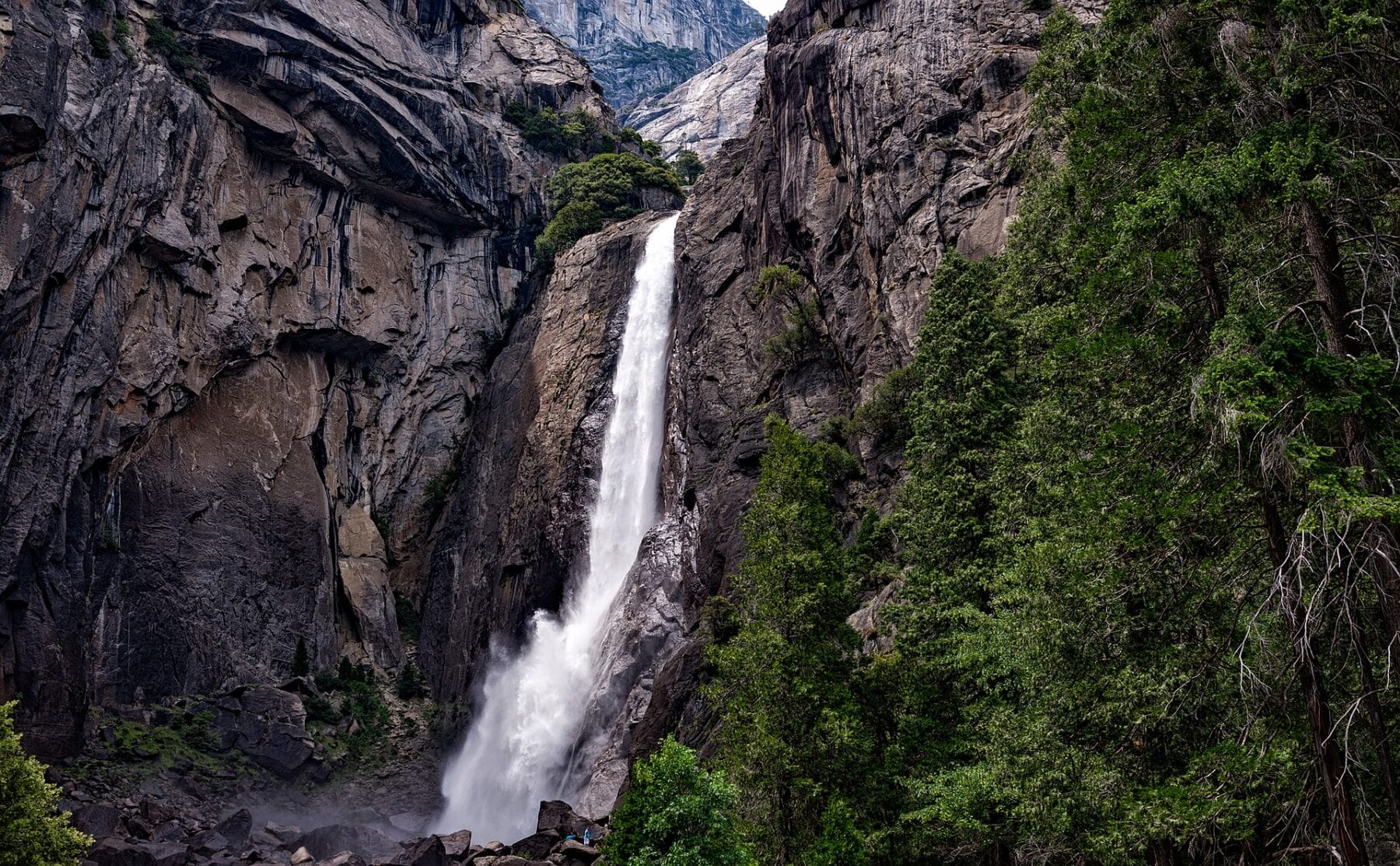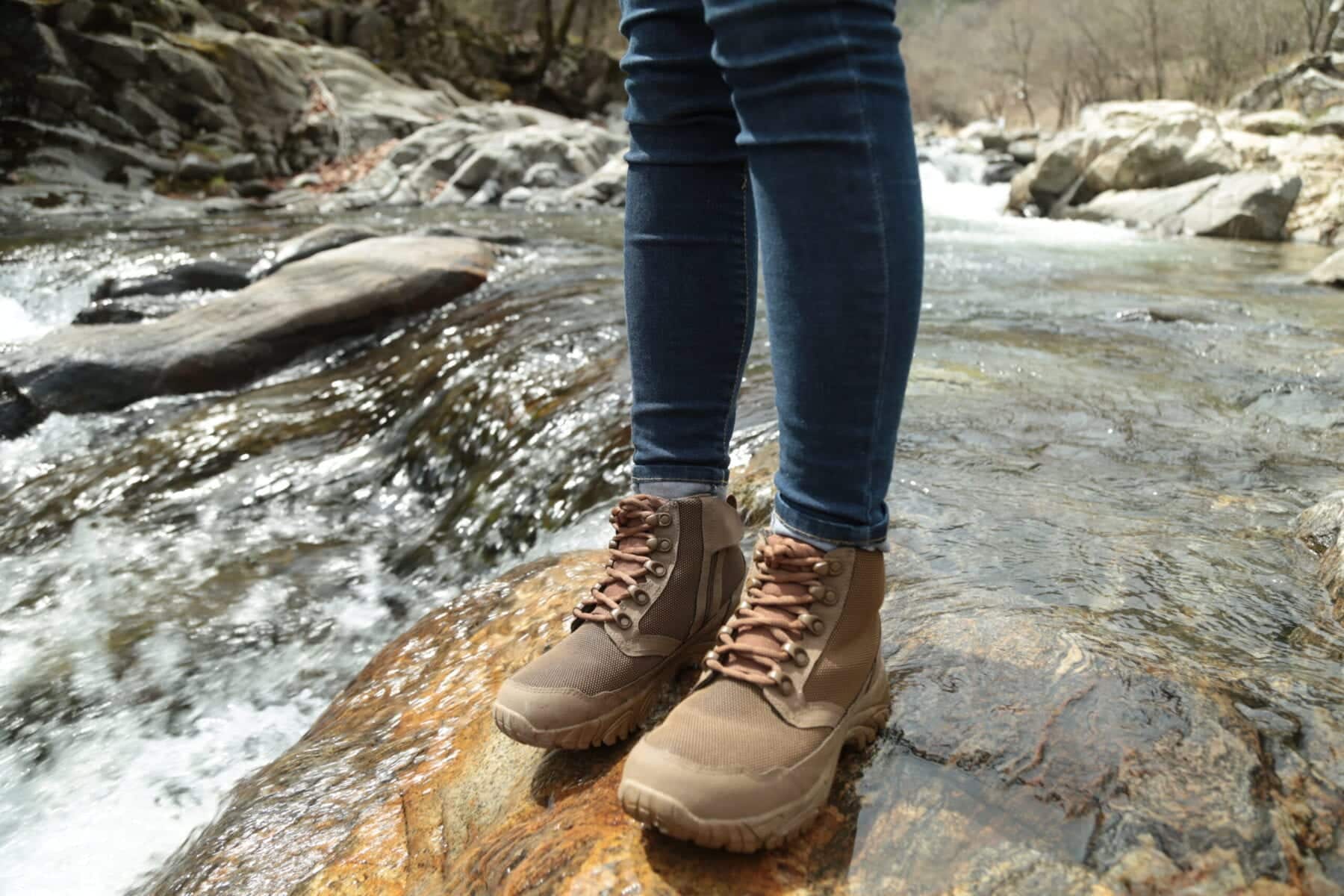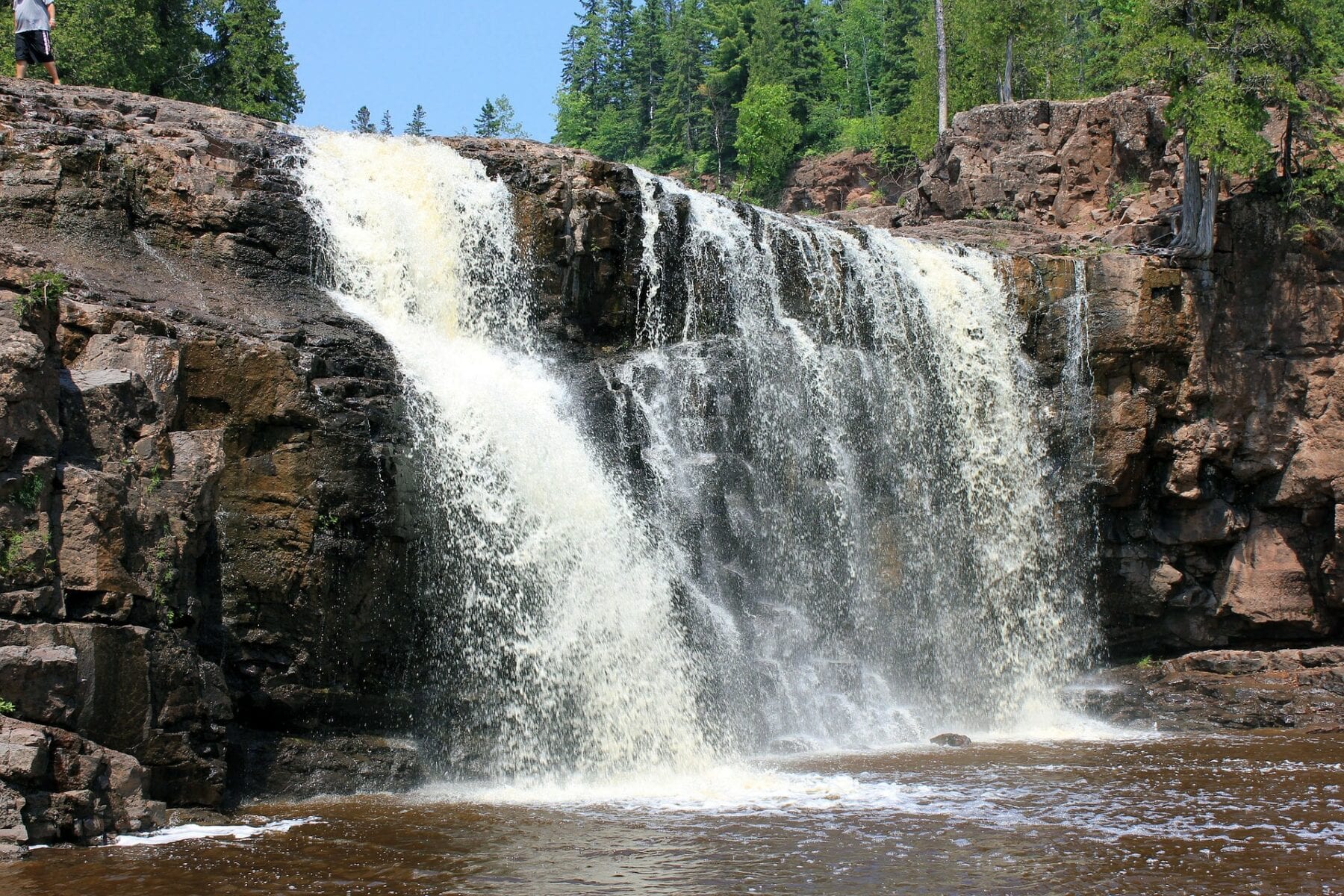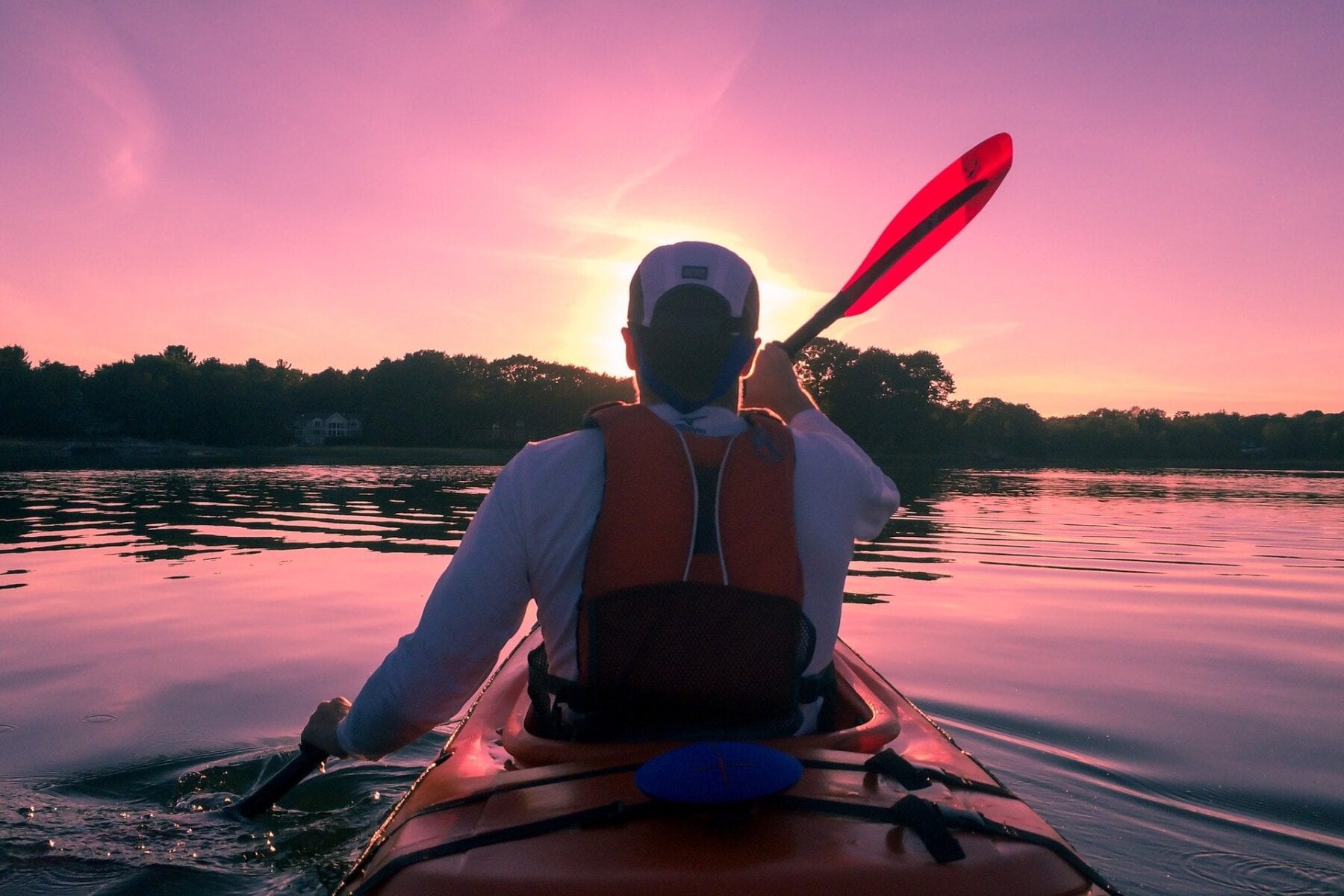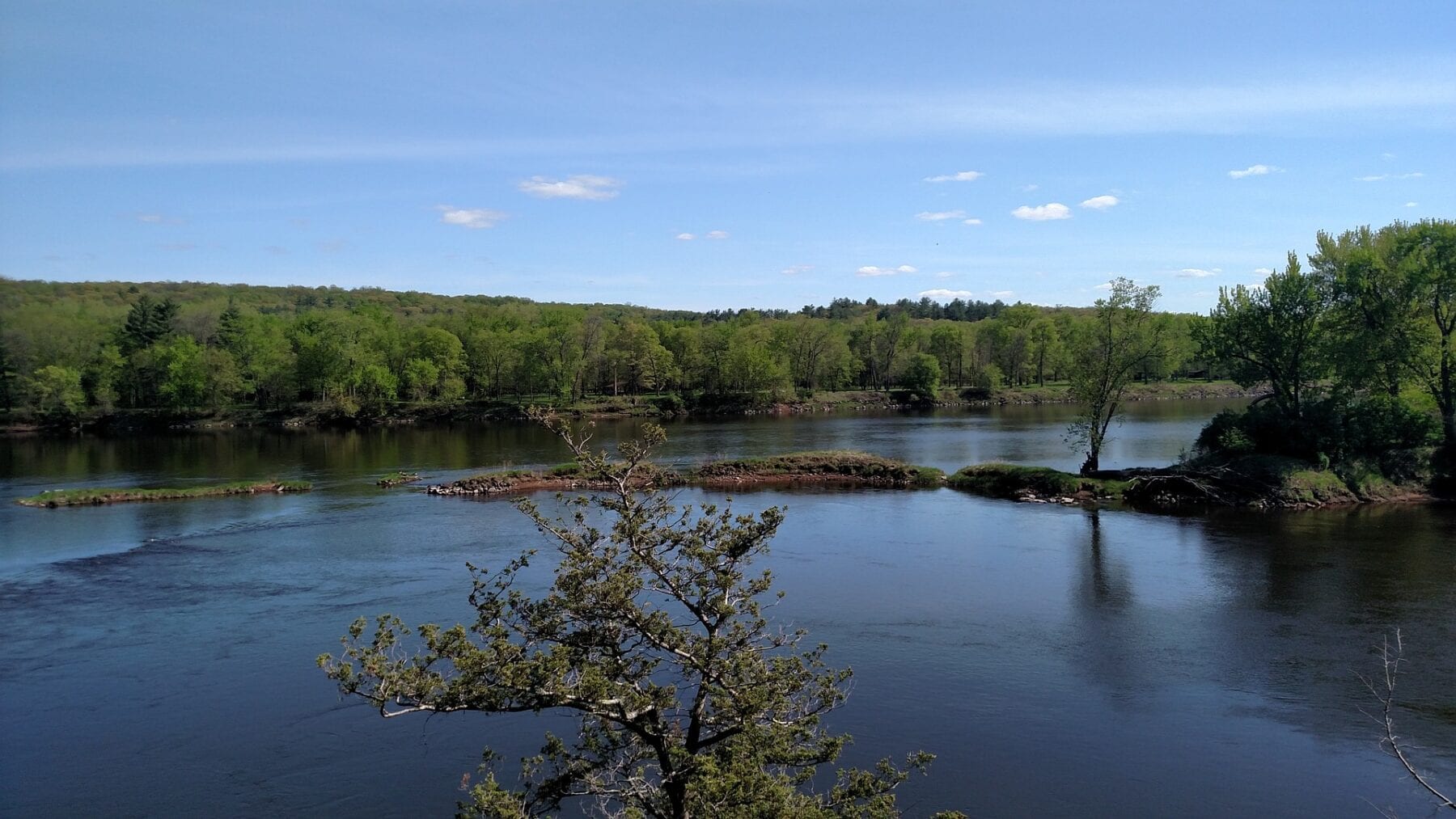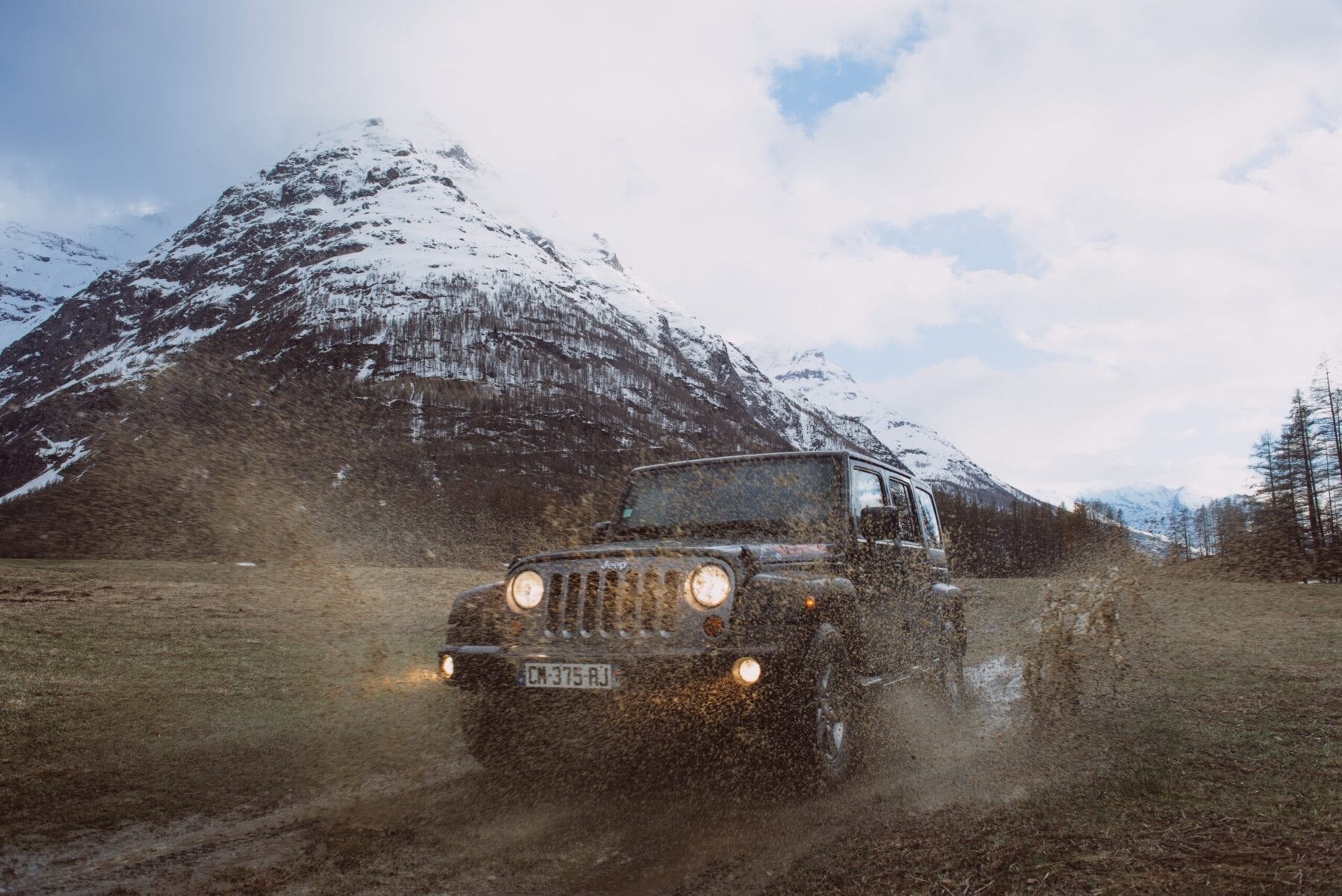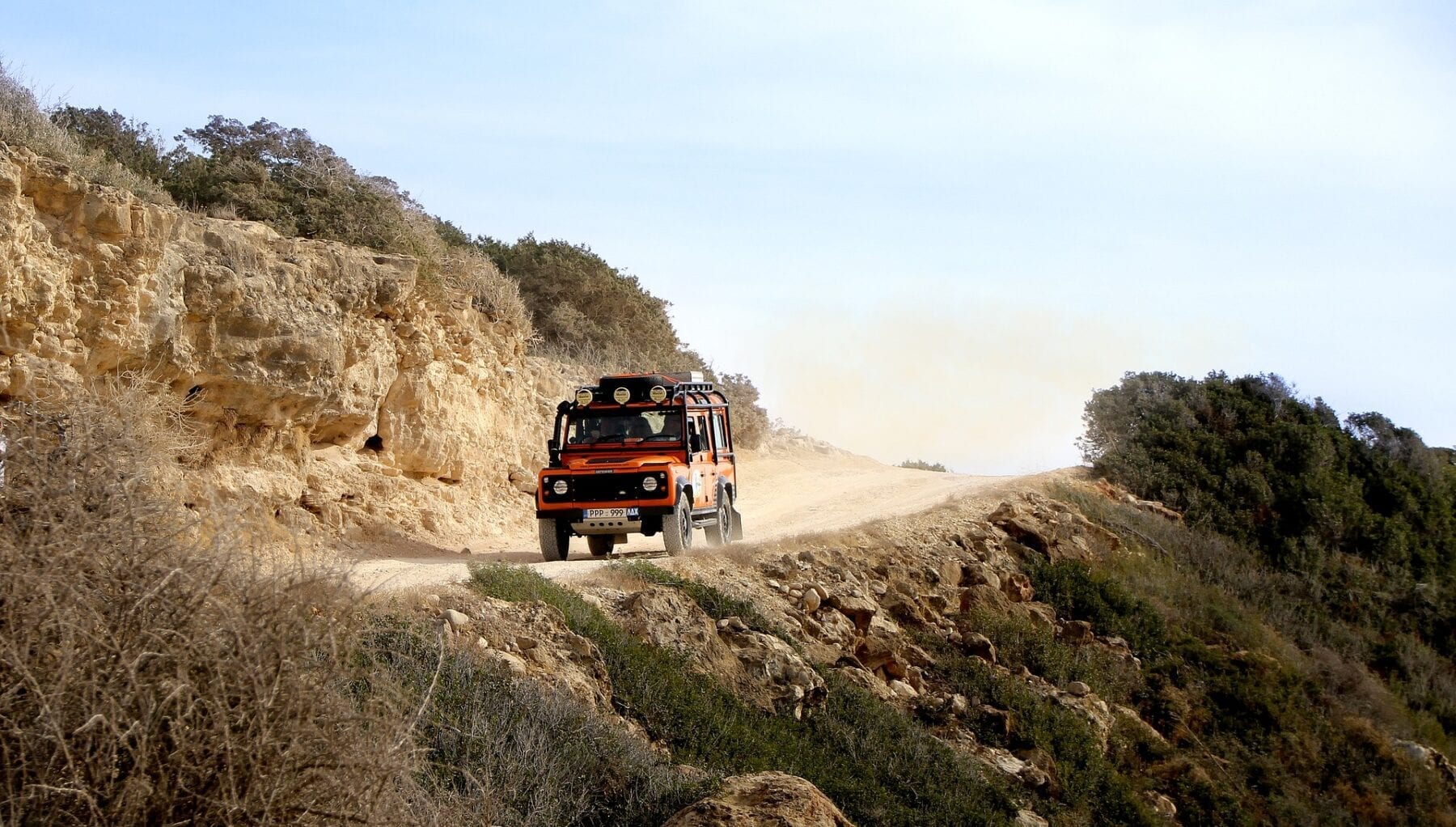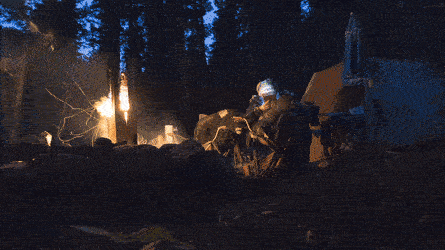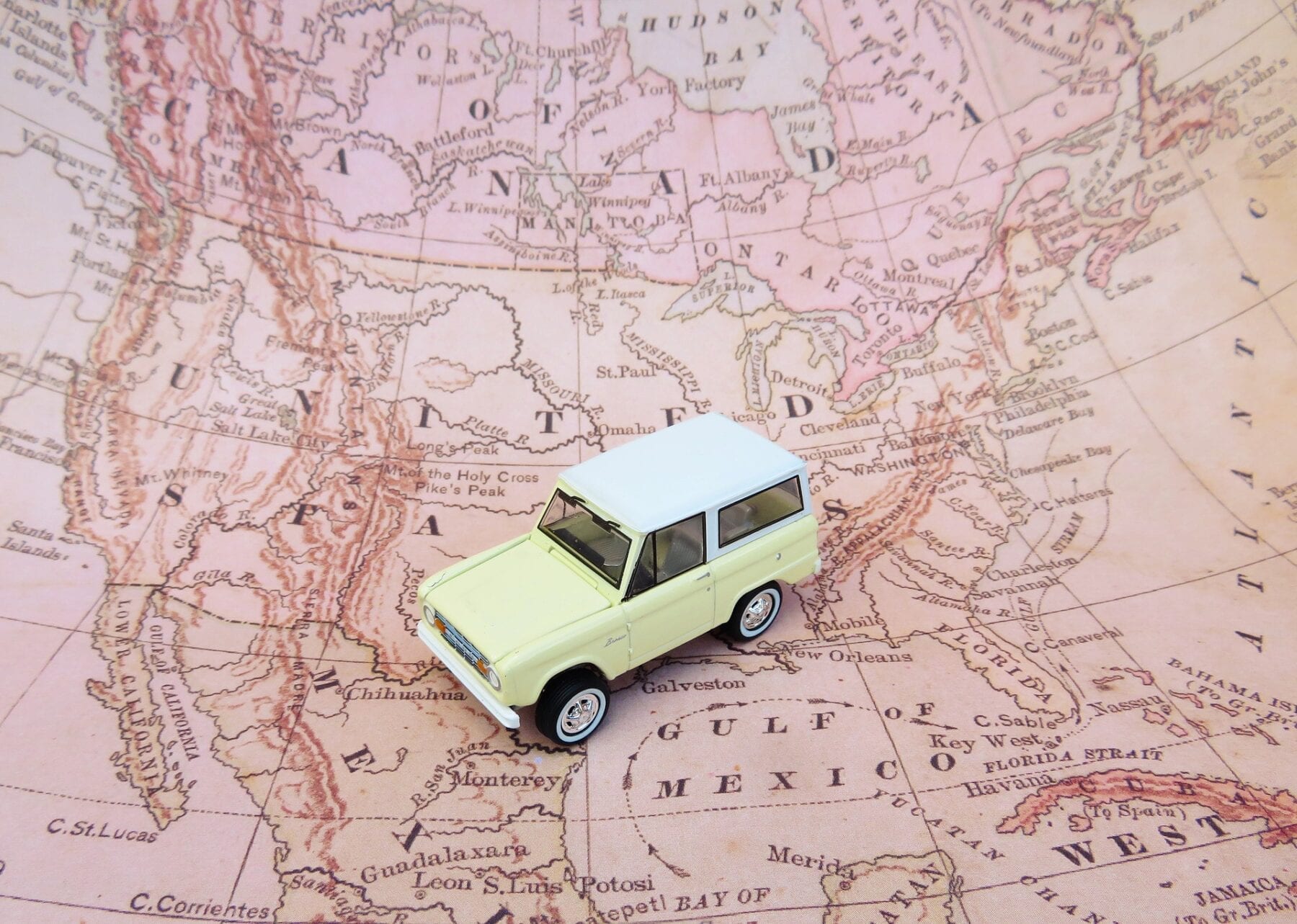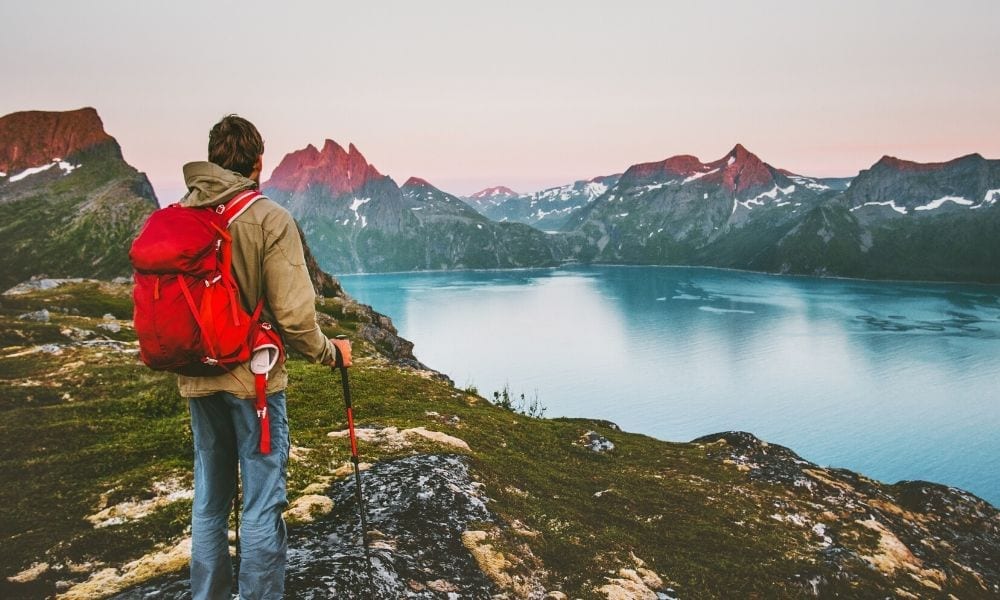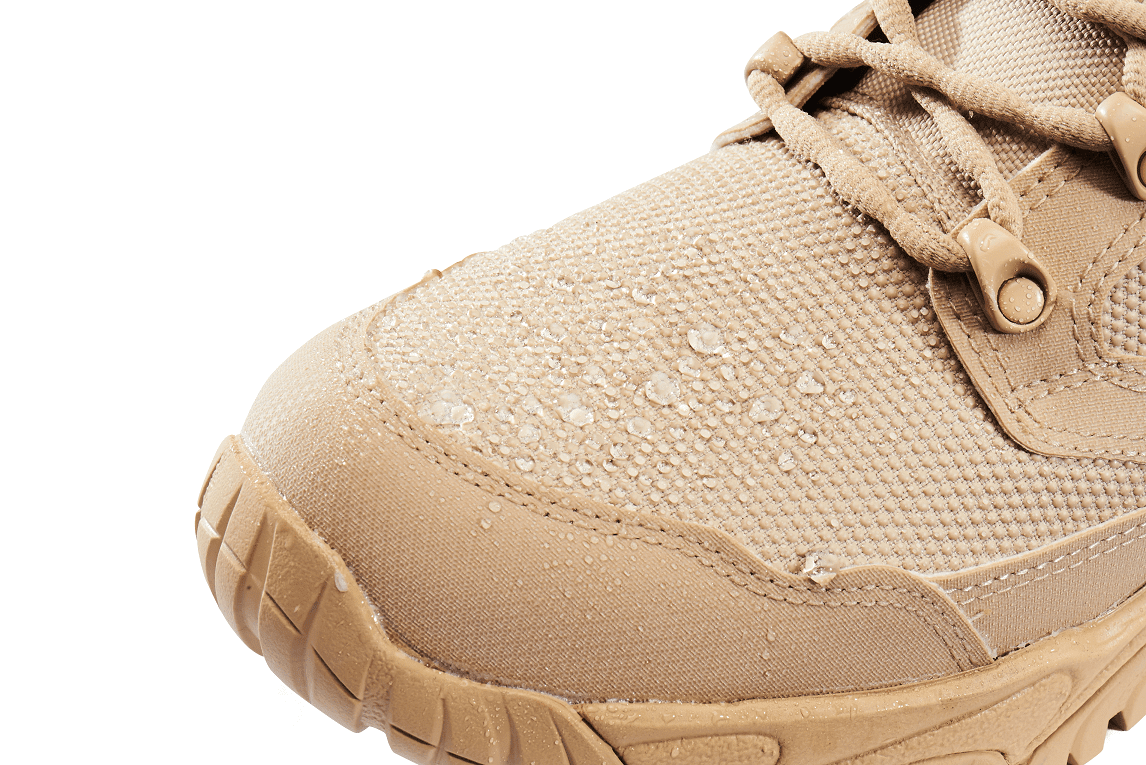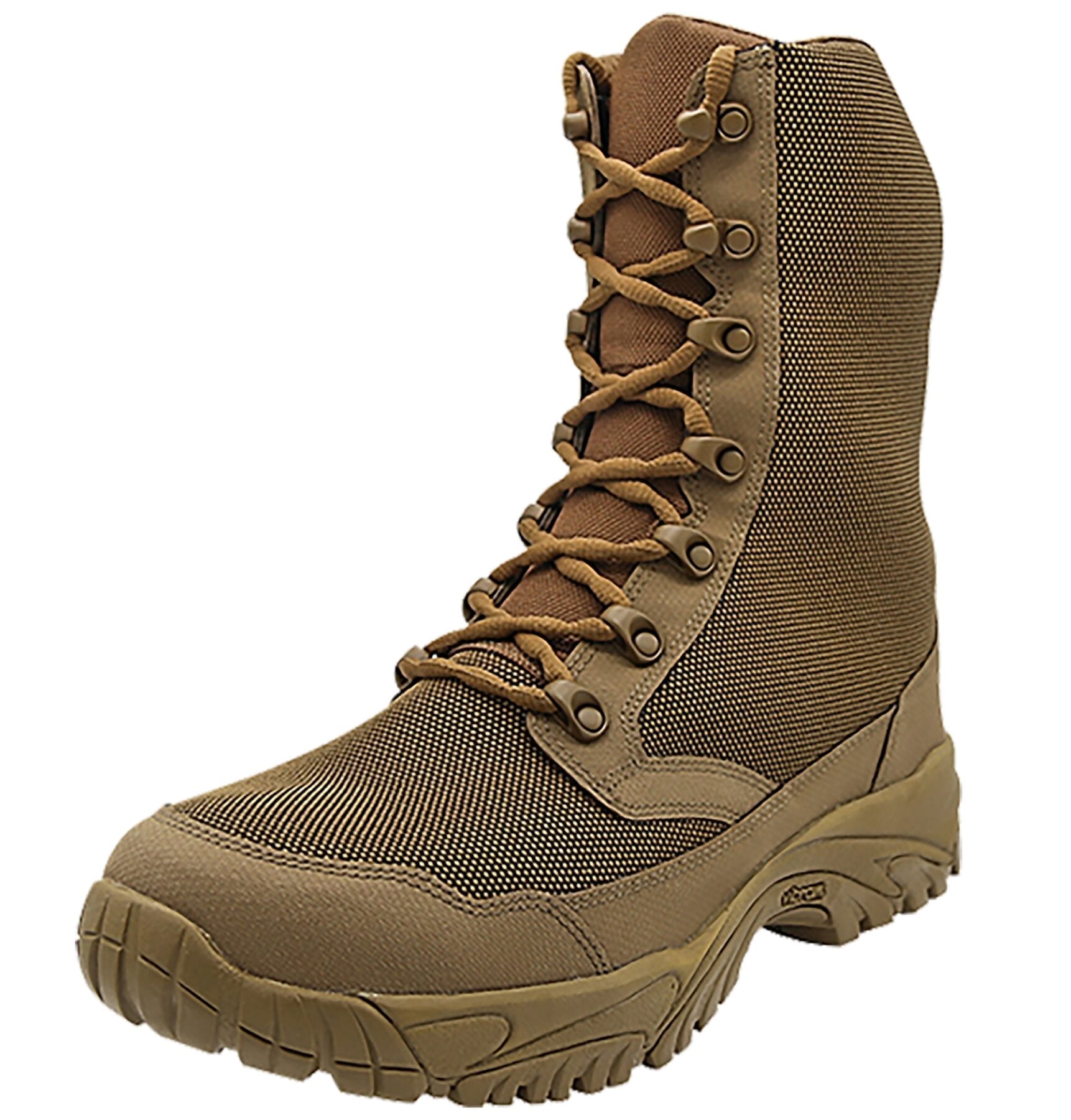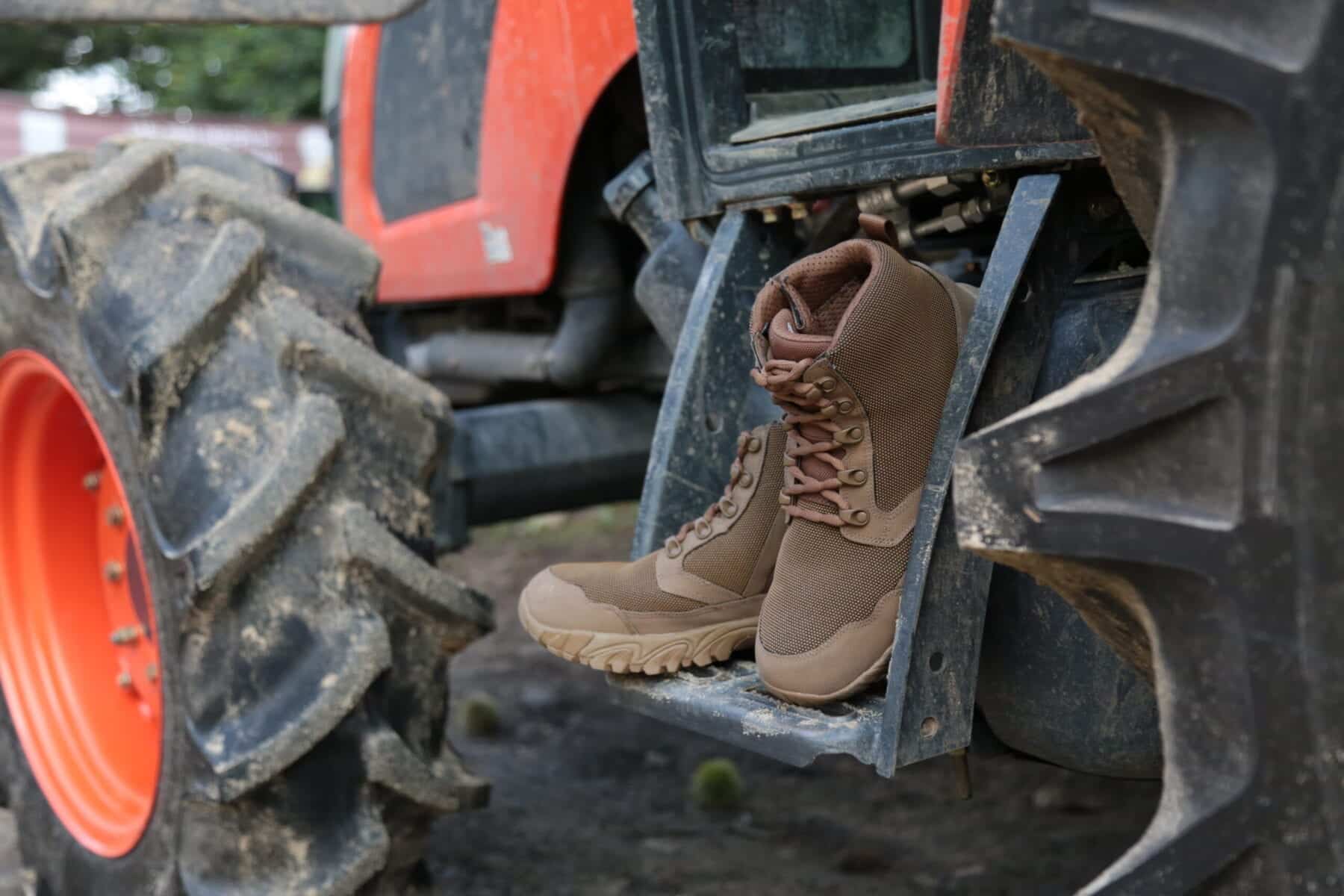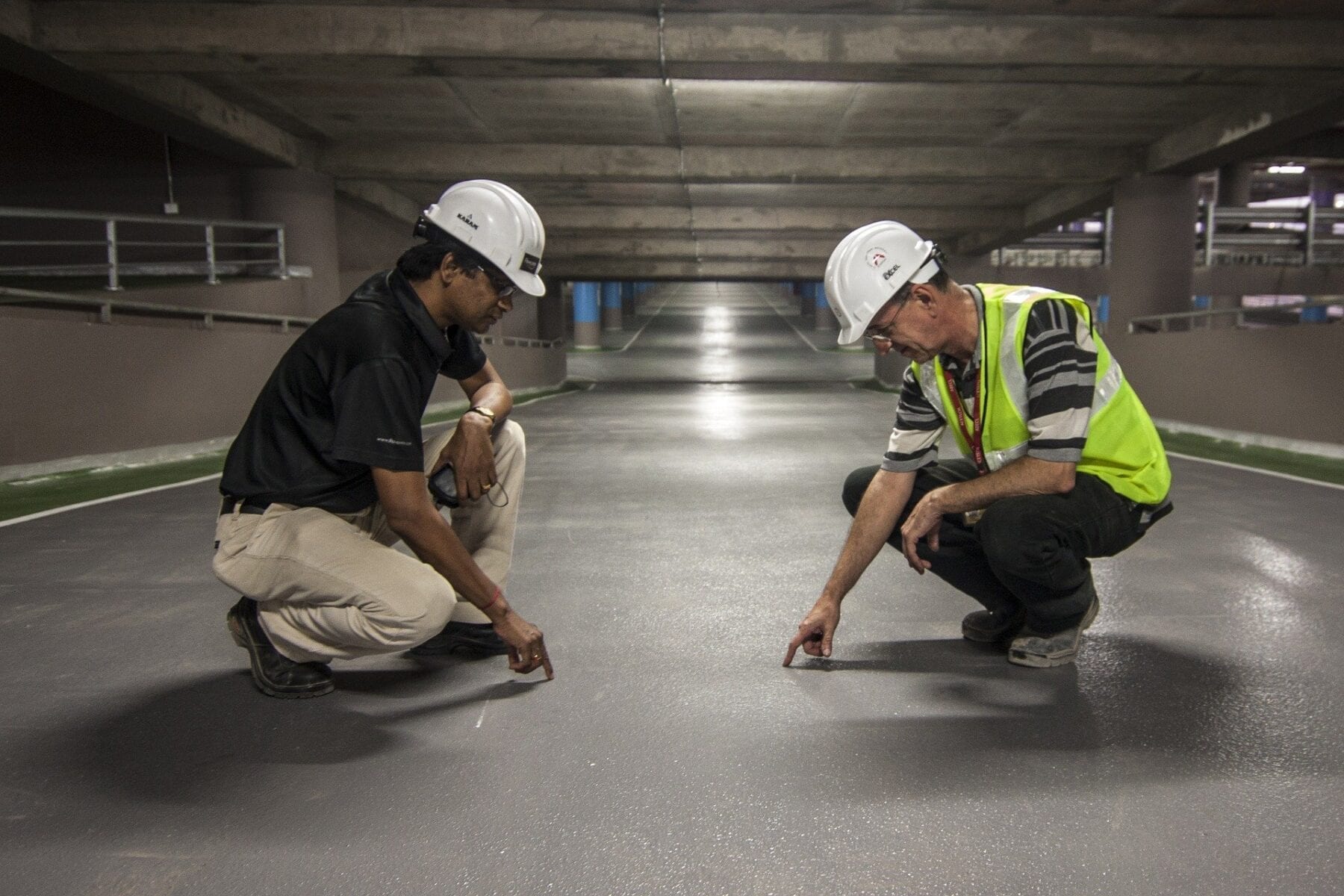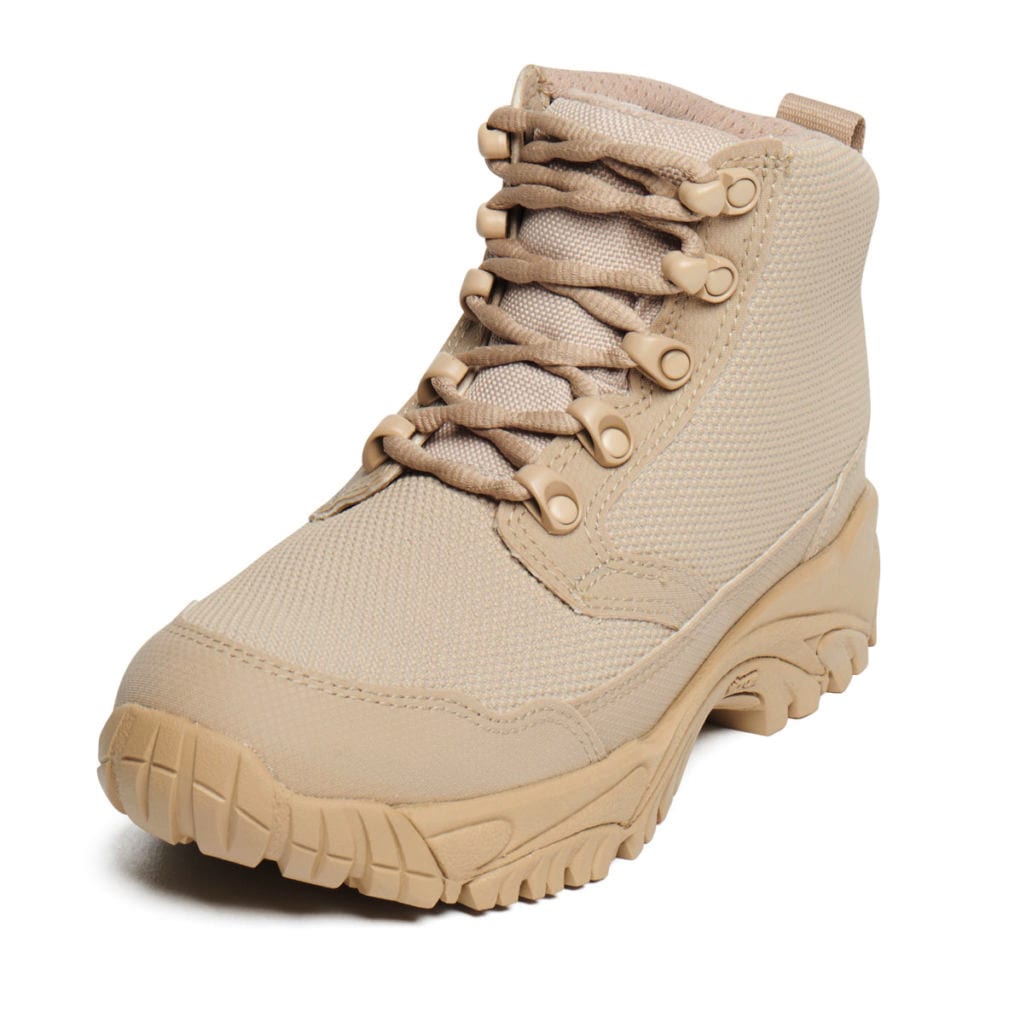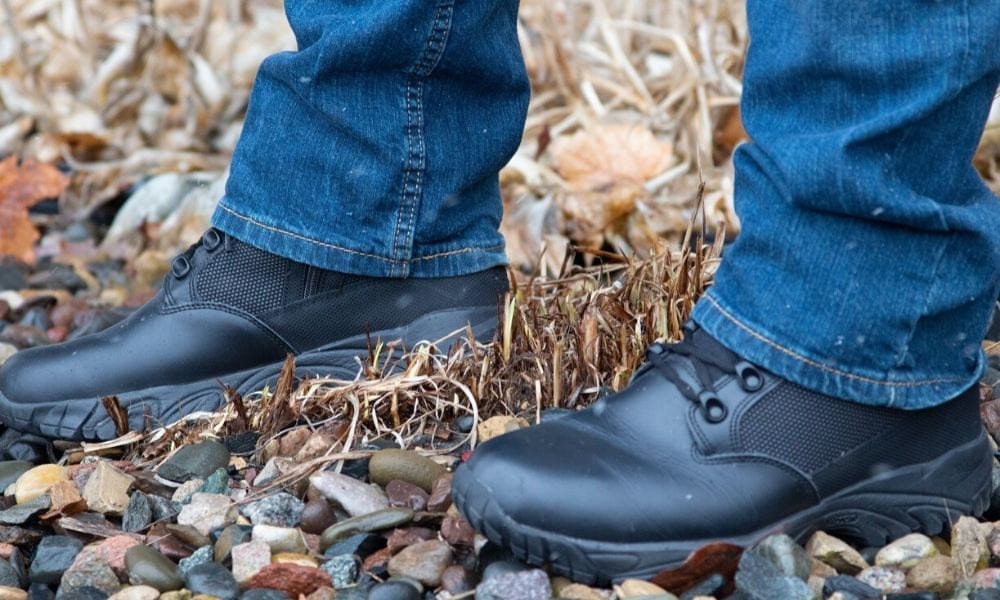ALTAI® Pro Tip: Vitamin D and COVID-19
 After several months of the COVID-19 pandemic, it seems one of the best ways to stay safe and healthy is to head outdoors. It is now generally believed by specialists that social distancing measures do not have to be as strict for outdoor activities. In addition to this, exercise and sunshine can benefit every aspect of your life. To clear up any confusion about COVID-19 risk, check out this article featuring explanations from Michael Osterholm, who is an epidemiologist and the founder and director of the Center for Infectious Disease Research and Policy at the University of Minnesota.
After several months of the COVID-19 pandemic, it seems one of the best ways to stay safe and healthy is to head outdoors. It is now generally believed by specialists that social distancing measures do not have to be as strict for outdoor activities. In addition to this, exercise and sunshine can benefit every aspect of your life. To clear up any confusion about COVID-19 risk, check out this article featuring explanations from Michael Osterholm, who is an epidemiologist and the founder and director of the Center for Infectious Disease Research and Policy at the University of Minnesota.
It was recently discovered by several different research groups from different countries that the worst COVID-19 cases occurred in countries where more patients were deficient in vitamin D. Researchers at Northwestern University estimated that 17% of individuals low in vitamin D would develop severe cases of COVID-19 compared to only 14% in those with normal vitamin D levels. While some researchers are saying that more evidence is necessary to prove vitamin D can prevent or lessen COVID-19 cases, others say it cannot hurt to take supplements just in case. Vitamin D may help prevent or lessen coronavirus, but it also has a wide range of proven benefits including the promotion of tooth and bone health, supporting the brain, nervous system and immune system, diabetes management, and more.
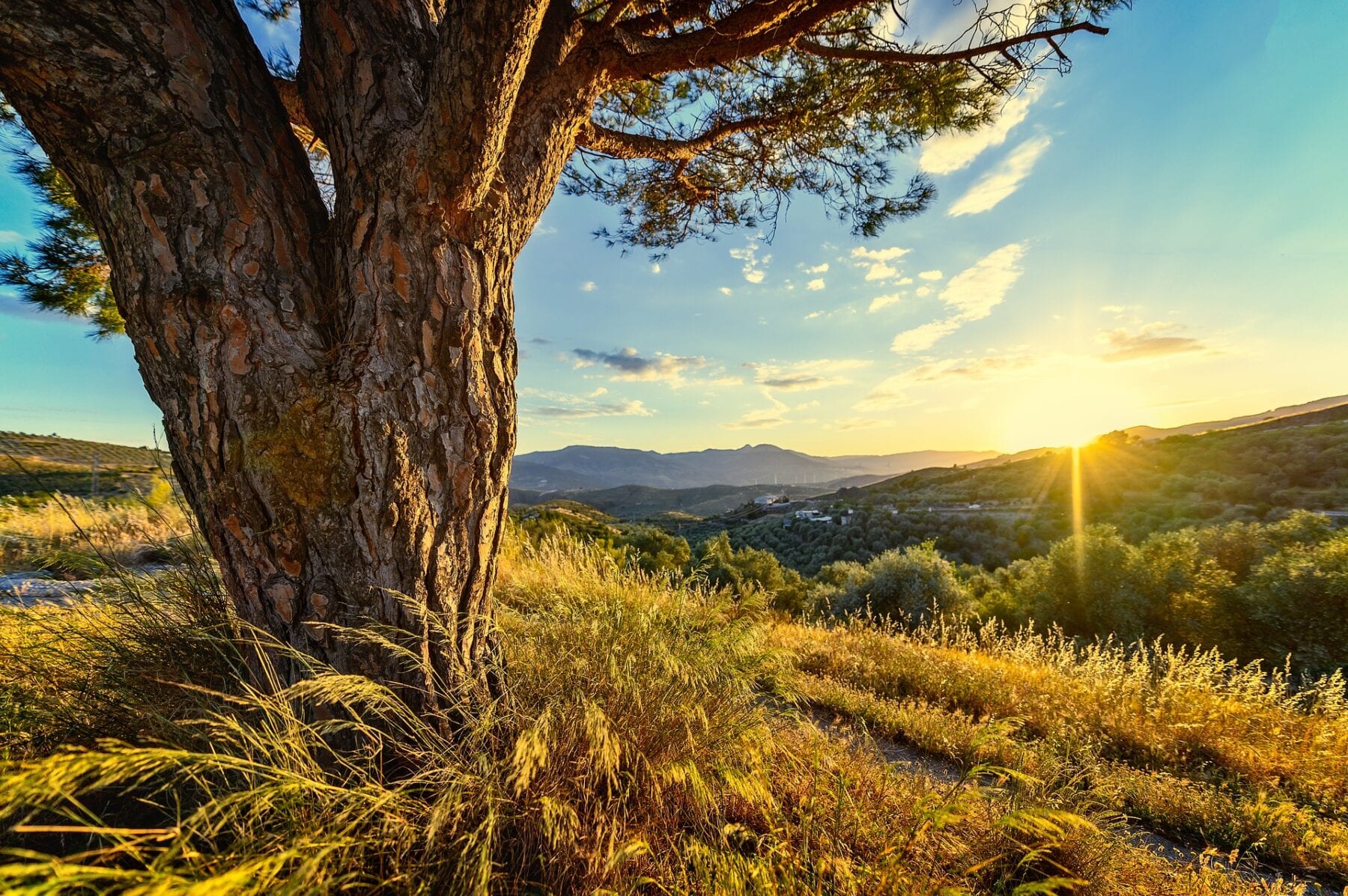 Estimates from Mercy Medical Center in 2018 said that about 42% of Americans are deficient in vitamin D. If you fear your vitamin D levels may be too low, a simple blood test can be performed by your doctor to verify your numbers. Since vitamin D is not found in many foods, it is added to some, and it is recommended by the Institute of Medicine that most people get 600 IUs of vitamin D every day. Known as the “sunshine vitamin,” humans get vitamin D when sunlight makes direct contact with the skin. For individuals who cannot always get out into the sunny outdoors, supplements are also widely available. For more information on the role that vitamin D may be playing during the coronavirus pandemic, check out this article from Science Daily.
Estimates from Mercy Medical Center in 2018 said that about 42% of Americans are deficient in vitamin D. If you fear your vitamin D levels may be too low, a simple blood test can be performed by your doctor to verify your numbers. Since vitamin D is not found in many foods, it is added to some, and it is recommended by the Institute of Medicine that most people get 600 IUs of vitamin D every day. Known as the “sunshine vitamin,” humans get vitamin D when sunlight makes direct contact with the skin. For individuals who cannot always get out into the sunny outdoors, supplements are also widely available. For more information on the role that vitamin D may be playing during the coronavirus pandemic, check out this article from Science Daily.
At ALTAI®, we specialize in unique footwear for multiple environments ranging from tough work environments to hiking and other outdoor applications. We are passionate about all things outdoors and aim to provide in-depth information that can help improve your life. From health, science, and technology, we are here to help improve the lives of all who read our blogs. For more exclusive content and insider deals on footwear, be sure to sign up for ALTAI® Exclusive to gain free and instant access to promos and cutting edge articles.
